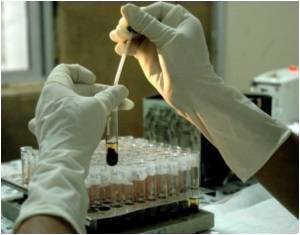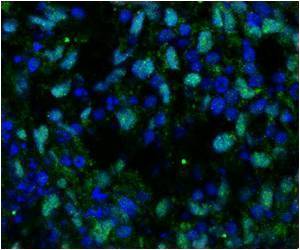A novel approach to enhance normal tissue growth has been identified by researchers.

In this new research, first author Dipak Panigrahy, MD, an investigator in Beth Israel Deaconess Medical Center (BIDMC) Center for Vascular Biology Research, and his colleagues wanted to find out how EETs might participate in organ and tissue regeneration.
To find the answers, they created 7 different mouse models. The models focused on liver, kidney and lung regeneration; wound healing; corneal vascularization; and retinal vascularization.
Panigrahy, an Instructor in Pathology at Harvard Medical School. Administering synthetic EETs spurred tissue growth in the research models, said that the team used genetic and pharmacologic tools to manipulate EET levels in the animals to show that EETs play a critical role in accelerating tissue growth, providing the first in vivo demonstration that pharmacological modulation of EETs can affect organ regeneration.
The team also demonstrated that proteins called soluble epoxide hydrolase (sEH) inhibitors, known to elevate EET levels, promoted liver and lung regeneration. (sEH is the main metabolizing enzyme of EETs.)
Panigrahy asserted that their results offer a mechanistic rationale for evaluating sEH inhibitors as novel therapeutics for a number of human diseases such as hepatic insufficiency after liver damage and diseases characterized by immature lung development, such as bronchopulmonary dysplasia, adding that the use of topical sEH inhibitors on the skin might also be useful for the acceleration of wound healing.
Advertisement
Mark Kieran, MD, PhD, of the Division of Pediatric Oncology at Dana-Farber/Boston Children's Cancer and Blood Disorders Center, said that discovering EETs' role could be of critical importance to help control the repair of liver, lungs and kidneys.
Advertisement
Source-ANI









